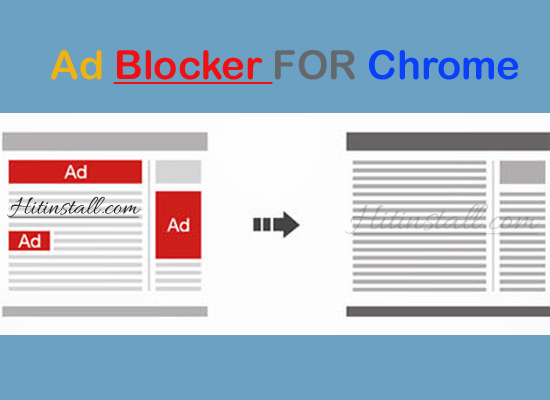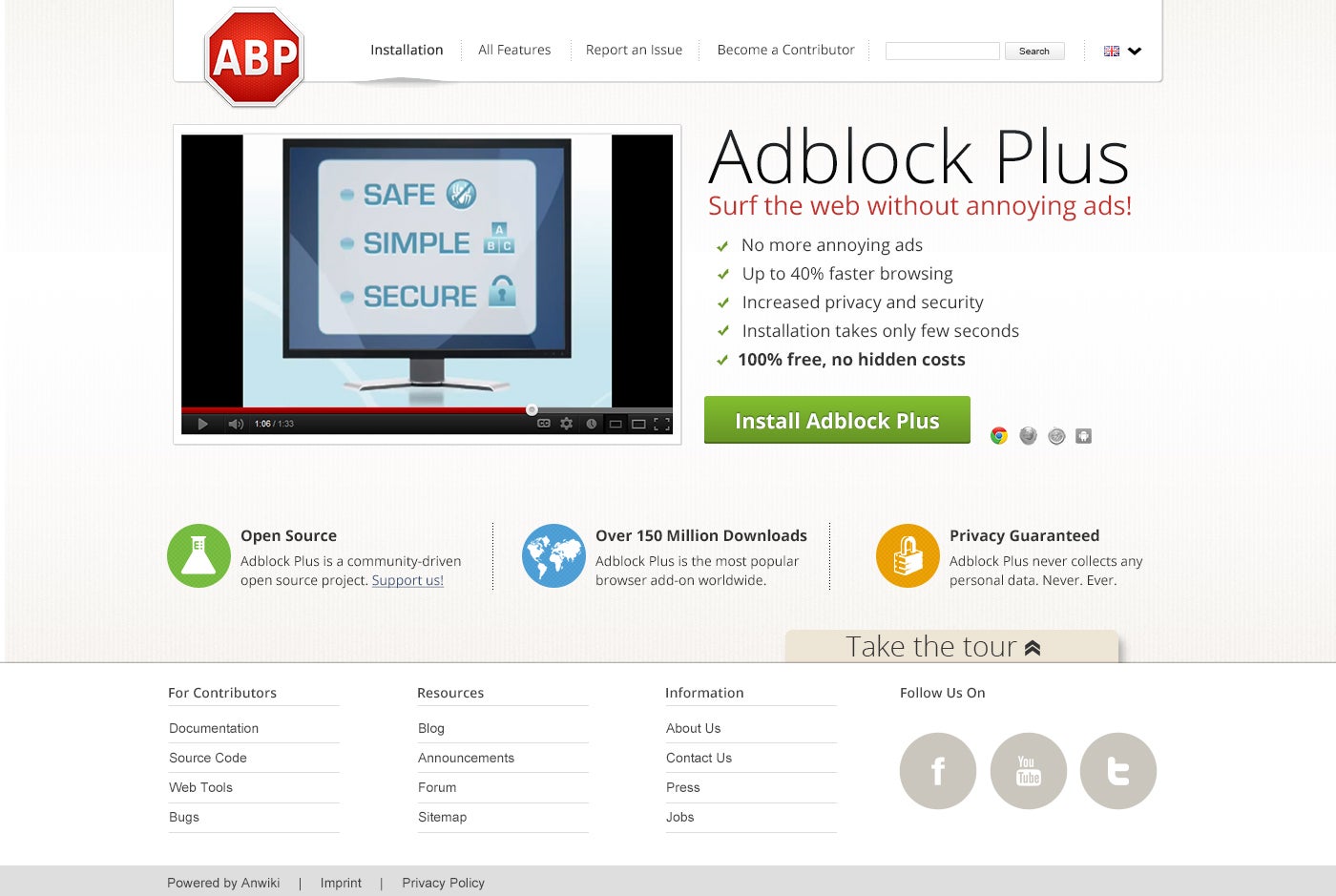If you remove AdBlock from Chrome (by the way, here's how to do that) and it KEEPS COMING BACK, this is most likely an issue with Chrome sync, not AdBlock. You have probably signed in to Chrome on that computer. Signing in to Chrome allows you to use your settings, bookmarks, extensions, and browsing history across all of your signed-in devices through your Google account. If you delete an extension but it's back when you sign in to Chrome again, it's being reinstalled from the synced data in your Google account.
Adblock Google Chrome Mac
On the off chance that a learned criminal jabs around your files to attempt to discover touchy information, he or she is probably going to simply ignore a large portion of your information in the chase for something more lucrative, for example, money related reports, pay stubs and assessment information.The projects we took a gander at are particularly for Macintosh PCs, and the vast majority of the Mac encryption software we inspected and positioned deals with the most recent versions of the Mac working framework. Encryption software for mac.
By the way, you can test this. Make sure AdBlock is still installed. Open an incognito window or create a new user in Chrome. If AdBlock is not in the extensions bar, then a sync issue is the culprit. (If AdBlock is there, then the issue is something other than syncing and you should report it to us.)
AdBlock is a popular content filtering extension for major web browsers like Google Chrome, Apple Safari, Mozilla Firefox, Opera, and Microsoft Edge. We also reviewed this extension in our best ad blocker roundup. As the name suggests, its main function is to block unwanted and annoying advertisements from being displayed when you surf the. Google Chrome now has a built-in ad blocker, designed to get rid of the ads that are intrusive or otherwise annoying, but allow ads from sites that follow specific guidelines. If you’re not into the idea of letting your browser control the ads you see, however, you can disable it pretty easily.
When you have a sync issue without an error message, such as an extension that won't die, first try recreating your user profile. If that doesn't permanently get rid of the zombie extension, try resetting sync. If even that doesn't work, you can try removing yourself entirely from Chrome. The latter two steps are explained in detail in this Chrome Help article on signing out of Chrome and deleting a synced account. Here are the basics.
Note: All of your synced data will still be in your Google account. However, it's always a good idea to back up your Chrome bookmarks before you proceed.
Recreate your Chrome user profile
If your user profile is corrupted, you can create a new one to replace the broken one.
- Right-click the AdBlock button in Chrome's extensions bar and select Remove from Chrome, then Remove.
- Create a new user profile.
- On the Chrome menu, select Exit (Windows) or Quit (Mac).
- Restart Chrome.
Is AdBlock still gone? Great! You're all set. If it's back, keep going.
Stop and clear synced data (reset sync)
This stops sync on all of your devices, but leaves your Chrome data on them.
- Make sure you're signed in to your Google Account.
- Right-click the AdBlock button in Chrome's extensions bar and select Remove from Chrome, then Remove.
- Open your Google Dashboard.
- Select Reset sync, then OK.
- On the Chrome menu, select Exit(Windows) orQuit(Mac).
- Restart Chrome.
Is AdBlock still gone? Great! You're all set. If it's back, keep going.
Remove your user account entirely from Chrome
This will erase all of your Chrome data from the device. This action can't be undone. However, you'll get your synced data the next time you sign in to Chrome.
- Right-click the AdBlock button in Chrome's extensions bar and select Remove from Chrome, then Remove.
- In the top-right corner of the browser window, click the button for the current user and select Switch person.
- Mouse over your user card, click the down arrow, and select Remove this person, then confirm when prompted.
- If Chrome doesn't exit on its own, on the Chrome menu, select Exit(Windows) orQuit(Mac).
- Restart Chrome.
Download Adblock For Mac Chrome Free
If it's back, please tell us. There is something else going on and we'll need to dig a little deeper to find it.
Bonus note: if you're having other problems with sync, Google has help to troubleshoot sync error messages too!
A note about synced extensions in Chrome

If you are signed in to Chrome through your Google account and have Chrome syncing turned on, then when you open Chrome on a different computer, any extensions you installed on other computers where you were signed in to Chrome will be automatically installed.
Automatically having the same extensions, bookmarks, saved passwords, and so on, on every computer you use is the greatest benefit of using Chrome sync. However, once you turn on Chrome sync, any change you make on any computer where you're signed in to Chrome is copied on all computers where you're signed in to Chrome.
This implies two things you should be aware of.
Notes for mac. 1. What happens in Las Vegas doesn't stay in Las Vegas
If you open Chrome and discover that AdBlock has vanished, the first thing to check is whether you have recently used Chrome on another computer. If you have, you may have uninstalled AdBlock there. That would uninstall it on every other computer where you are signed in to Chrome (and it could happen nearly instantaneously!).
If this happens, just reinstall AdBlock. It will be reinstalled automatically on other computers the next time you sign in to Chrome on them.

2. Backups can save you from yourself
If you use AdBlock Premium Gold sync, any change you make to your settings, filter list subscriptions, and custom filters on one synced computer will be copied to any other computer where you have enabled AdBlock Premium Gold sync. Syncing isn't instantaneous, but if you make a mistake, you probably won't have time to catch it before it's reflected everywhere. This isn't usually a major issue. Just subscribe to the same filter lists again and let AdBlock Premium Gold sync them up for you.
Free Ad Blocker For Mac
If you have dozens of custom filters, however, accidentally deleting all of them could be a disaster. For this reason, we strongly recommend that you periodically copy your custom filters to a text file for safekeeping. Even better, you can turn them into your own personal filter list for use in AdBlock Premium Gold or in any version of AdBlock on Chrome, Firefox, and Microsoft Edge.